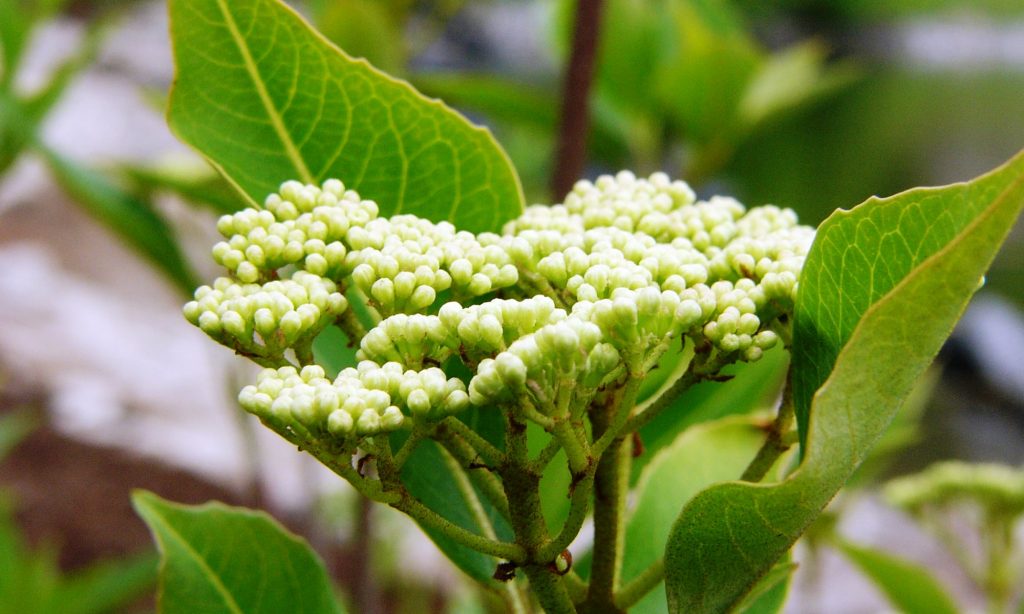Native Plants & Shoreline Buffers
Natural shorelines have long been recognized as an important component of healthy and productive waterbodies. Unfortunately, it is still all too common to see landowners clear away the “messy” vegetation in their shoreline area and replace it with lawns and retaining walls.
You can still enjoy your waterfront property while preserving water quality and wildlife habitat by limiting your shoreline development to a small area and leaving the remaining 75% or more of your shoreline in its natural state.
It is important to maintain the scenic beauty and natural character of Muskoka’s lakes and rivers, not only for aesthetic reasons, but for practical ones as well.
Shoreline vegetation benefits water quality by reducing the amount of sediment, nutrients, organic matter and pesticides that enter our rivers and lakes.
There is no better way to prevent soil erosion that to leave your shoreline in its natural state. Plant roots anchor the soil, preventing it from being washed away by currents, waves and rain. This preserves fish spawning beds, which can become destroyed by sediment accumulation due to erosion.
Overhanging branches from trees and shrubs shade the waters to prevent overheating and provide cover for small fish and other aquatic organisms. Debris such as logs and boulders also provide cover for many species, spawning areas for fish, and will serve to reduce the impact of waves on your shoreline.

There are several ways to go about protecting or restoring your shoreline.
- Preservation – a natural shoreline is retained and access to the lake is designed in such a way as to avoid shoreline damage.
- Naturalization – degraded shorelines are left alone to return to their natural state.
- Enhancement – native species are planted and non-native species are removed.
- Restoration – cleared areas are planted with native species.
The simplest way to get your altered shoreline back on the right track is through naturalization. Simply mark out an area reaching at least 10 feet back from your shoreline and stop mowing it. Native grasses, shrubs and trees will colonize the area.

The process is an interesting one, with wildflowers and grasses moving in the first year, and trees and shrubs following a year or two later. Non-desirable species can be selectively cut or hand pulled. You can gradually increase the naturalized area each year.
Many native plant species are extremely attractive. You can create an aesthetically pleasing property while providing food and habitat for wildlife, preventing erosion, and maintaining water quality. Take the time to enjoy the view, instead of mowing the lawn.

